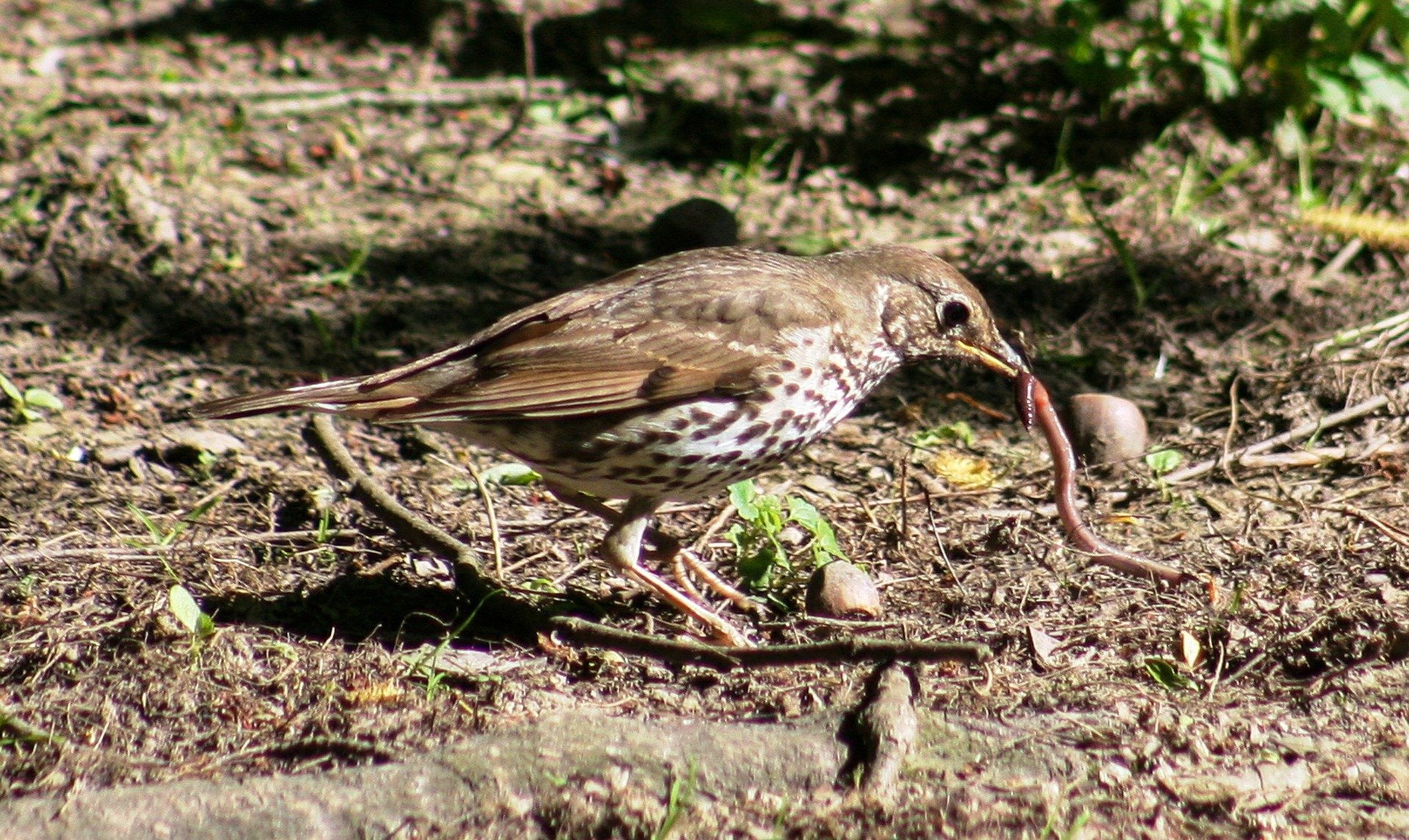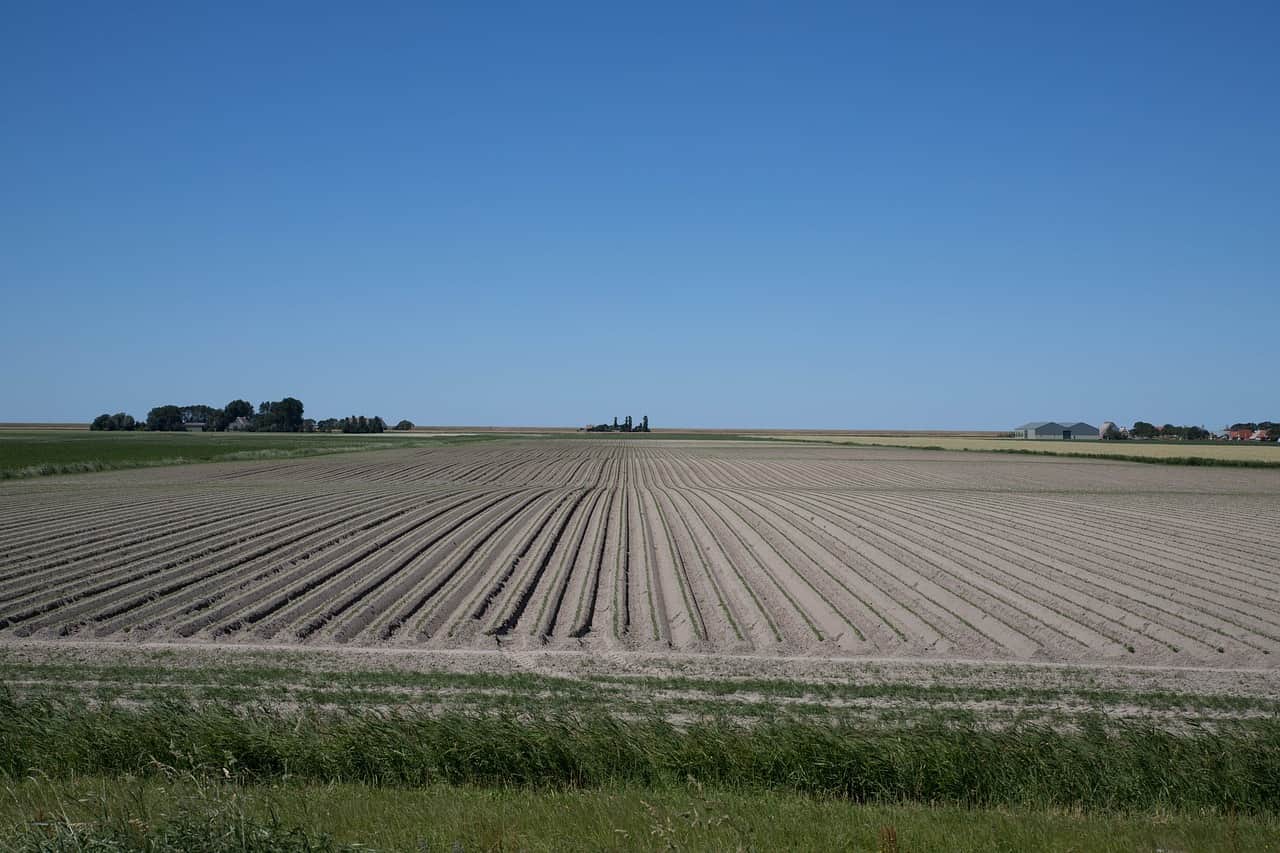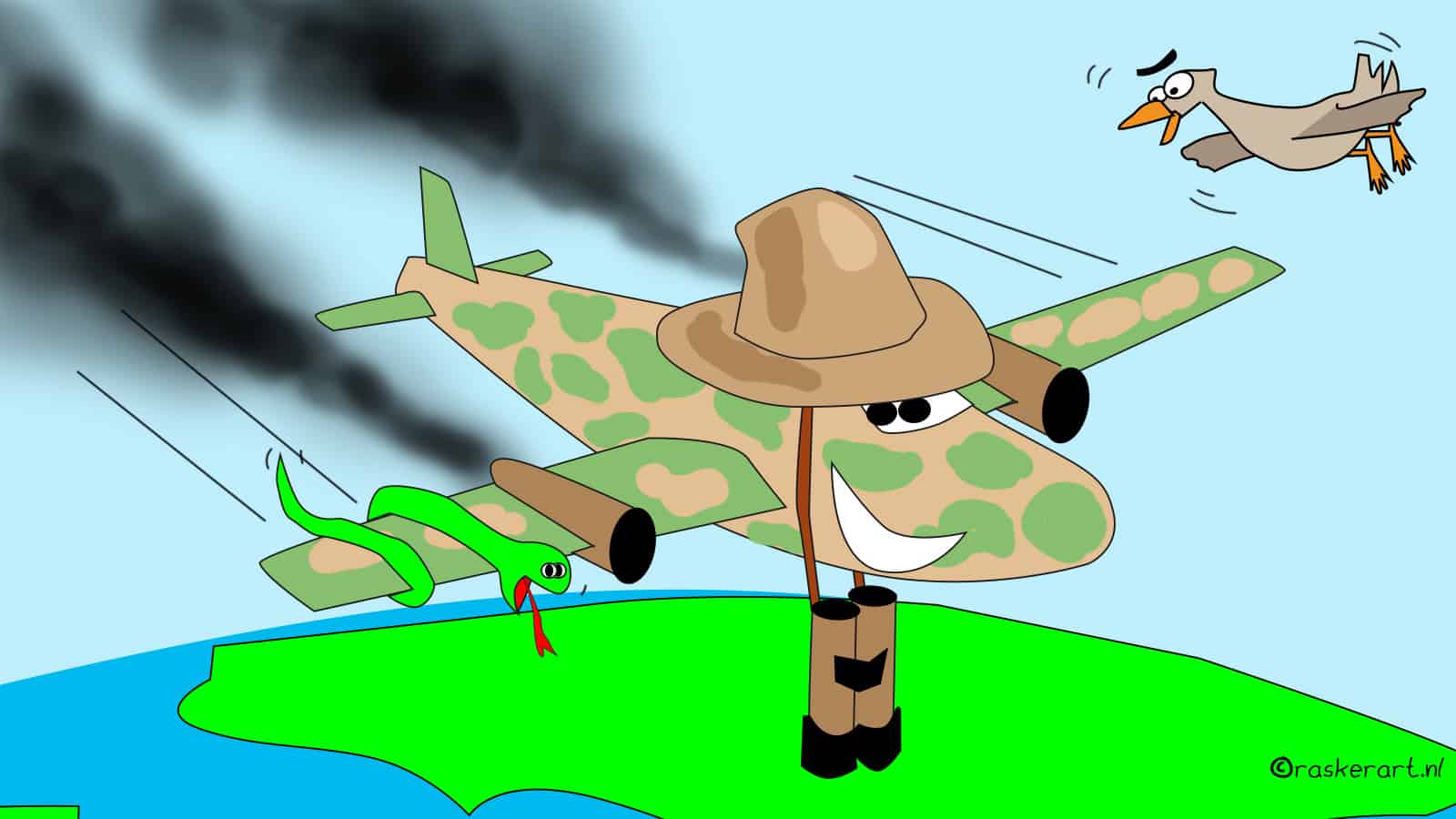
The World Wildlife Fund has the panda as a symbol. And that works fine. It is a beautiful and cuddly animal and us humans love it. So, I would love to make a plea for the earthworm as a symbol of Brabant, a southern province of the Netherlands.
Although not cuddly and not exactly beautiful, it is of vital importance to you and me. It befits Brabant to choose a symbol based on its actual impact and not on outward appearances. Moreover, the significance of the earthworm is one of the few things that farmers and nature lovers both agree on. A hopeful symbol for Brabant.
I must confess that I was also not very enthusiastic about earthworms for quite a while. Just like you are probably. There are animals out there that I have warmer feelings for. But since I’ve been working in the natural world, I have come to appreciate the earthworm.
A few facts
There are over 7000 species of worms worldwide, 25 of which are found in the Netherlands. The earthworm (Lumbricus terrestris) is one of them and owes its name to the fact that it burrows to the surface whenever it rains to look for food and mate. Earthworms can reach seven years of age and a length of 30 centimeters. You can recognize them by their flattened backsides, which allow them to grab on to things when burrowing to the surface.
The earthworm is what is known as a night crawler. It tunnels out vertical corridors, which can be up to three meters deep, and produces a layer of mucus that prevents these corridors from collapsing. As a result, it can reuse these tunnels year after year. This crawler pulls the plant debris (organic material) into the tunnel. Tree leaves and their stems are dragged into the bottom of the tunnel, causing them to roll up. Maybe you have noticed those cigar-like leaves?
Merits of the earthworm
But what makes this earthworm so special? First of all, earthworms provide us with natural manure. They break down organic materials, such as leaves, grass and other compostable materials. PLus, they excrete heaps that contain an enormous amount of important nutrients, which in turn improves soil quality.
These worms also use their tunnels to let water and air to infiltrate the soil and stay there. Crawler worms can collect as much as ten to twenty liters of water per square meter. This means that one hectare of farmland can store tens of thousands of liters of water in worm-built tunnels.
That way, water can be drained through the soil, not surface water or sewage. This makes the earthworm very effective in solving flooding caused by heavy rainfall. In winter, water can be stored to prevent dehydration and dying out of roots in summer. Additionally, the nutrients that the rainwater is rich in are able to penetrate deep into the soil through the earthworm’s system of tunnels.
And as if all that were not enough, trees, plants and crops use the tunnels and holes to nestle their roots more securely into the ground.
Finally, perhaps less enjoyable for the earthworm, earthworms are also an essential element in the food chain. After all, it is simply a case of eat or be eaten in nature. The earthworms are food for moles and many birds like blackbirds and robins.
Why a symbol?
The earthworm works underground and is therefore usually invisible to us. But on this occasion, not ‘out of sight, out of heart’, because the earthworm does unique and very important work. After all, everything depends on the quality of the soil. Farmers and nature lovers agree wholeheartedly on this.
An excellent soil quality ensures healthy and balanced plant growth, so plants are less prone to disease and plant roots grow better. Which is what you see happening above ground!
But the good work of the earthworm is literally under threat. Partly due to the use of modern heavy agricultural machinery. Soil is compacted, because the soil is pressed together. As a result, soil life, water and air permeability and the opportunities for plant growth are reduced. Tillage is often disastrous for worms. After all, a dead shredded or ploughed worm is not readily replaced by another one.
In short: Earthworms do have extremely valuable and unique functions that benefit the soil. So, we should cherish this simple slippery pink creature. If it was left up to me, by making the earthworm the symbol for a fertile and sustainable soil of Brabant.
Biomimicry
These functions of the earthworm have, until now, not been taken over by any other part of soil life or by artificial cultivation. Something to be very mindful of then. In fact, we can learn a lot from the work of earthworms. Fortunately, we are seeing more and more innovations that stem from Biomimicry.
Biomimicry is derived from the Greek words bios ‘life’ and mimesis ‘imitate’ and thus means ‘imitate life’. Janine Benyus first used the term in her book ‘Biomimicry, innovation inspired by nature‘ (1997). Biomimicry is about pursuing the ingenuity of nature in the design of products, processes, and systems.
For instance, earthworms formed the basis for the Living Filtration System. Didn’t think of that did you?! – That earthworms can also drive innovation?! Another reason why the earthworm is a perfect symbol for innovative Brabant.







